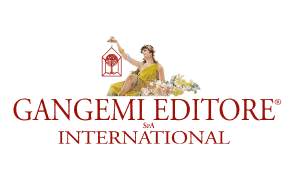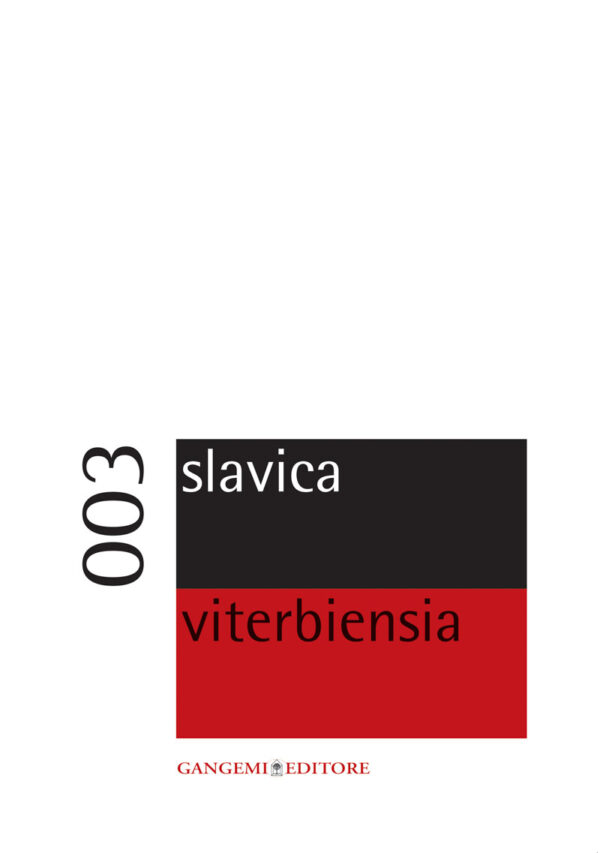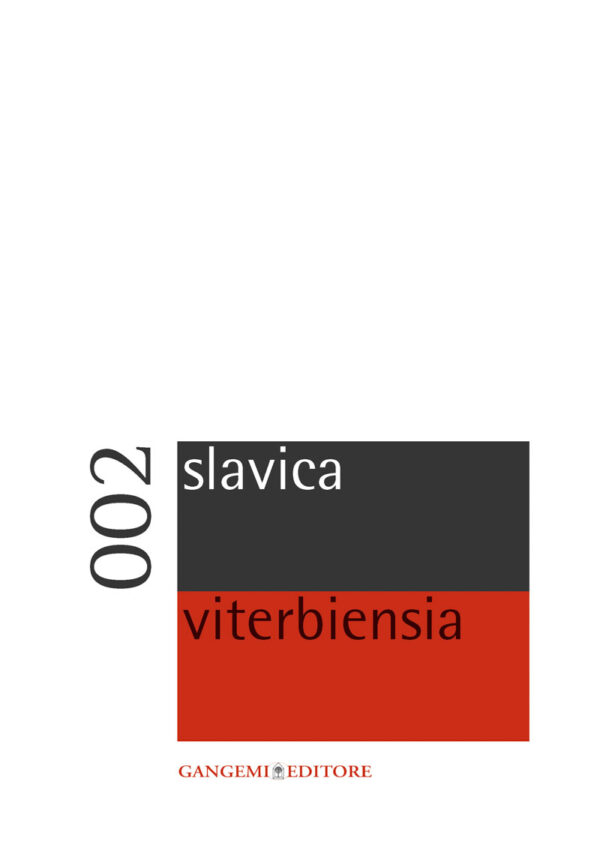Sfoglia catalogo
×
Non mostrare più
Iscriviti alla newsletter e ricevi 10% di sconto sul tuo prossimo acquisto!
NewsletterGangemi Editore SPA International
Sede Legale: Via Giulia 142, Roma
Sede Op.: Via Giacomo Peroni 150, Roma
P.IVA: 07068861009
Privacy Policy
Cookie Policy
Contatti
Numero verde gratuito: 800.894.409
Call Center: 06.6872774
Urgenze: 348.4769803
FAX: 06.68806189
Informazioni: info@gangemieditore.it
PEC: gangemieditore@pec.it
CONSULTAZIONE
DOWNLOAD


